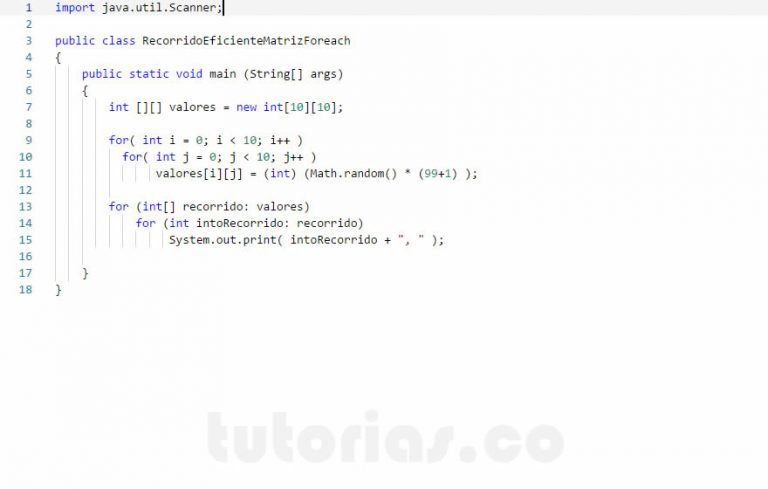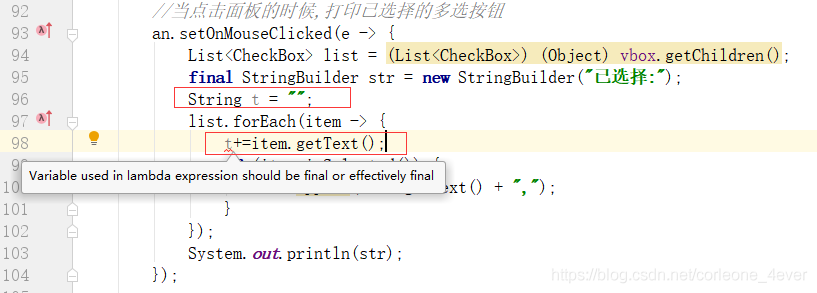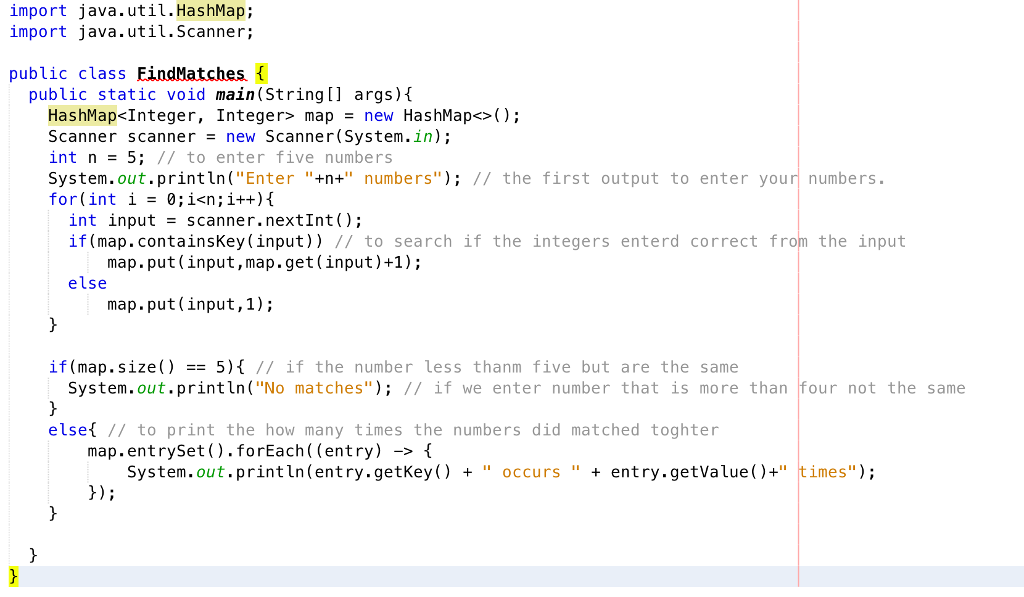Map Foreach Java. Let's have a closer look at a few of these. Overview In this quick tutorial, we'll look at the different ways of iterating through the entries of a Map in Java. In short, foreach is for applying an operation on each element of a collection of elements, whereas map is for transforming one collection into another. Simply put, we can extract the contents of a Map using entrySet (), keySet (), or values (). The order of a map is defined as the order in which the iterators on the map's collection views return their elements. Returns a Set view of the keys contained in this map. That is, the operation may do nothing, may have a side-effect. Entry<K, V>>) of the mappings contained in this map.
Map Foreach Java. Java forEach is used to execute a set of statements for each element in the collection. Entry<K, V>>) of the mappings contained in this map. Using BiConsumer, an action can be performed on both the key and value of a map simultaneously. A key in the Map may only occur once; it is unique in the Map's collection. The order of a map is defined as the order in which the iterators on the map's collection views return their elements. Map Foreach Java.
The returning value The first difference between map () and forEach () is the returning value.
Iterating over Map.entrySet () using For-Each loop : Map.entrySet () method returns a collection-view ( Set<Map.
Map Foreach Java. Map objects are collections of key-value pairs. This sort of behavior is acceptable because the forEach() method is used to change the program's state via side-effects, not explicit return types. Overview In this quick tutorial, we'll look at the different ways of iterating through the entries of a Map in Java. Iterator –it's syntactic sugar for the same thing. The Map interface provides three collection views, which allow a map's contents to be viewed as a set of keys.
Map Foreach Java.












